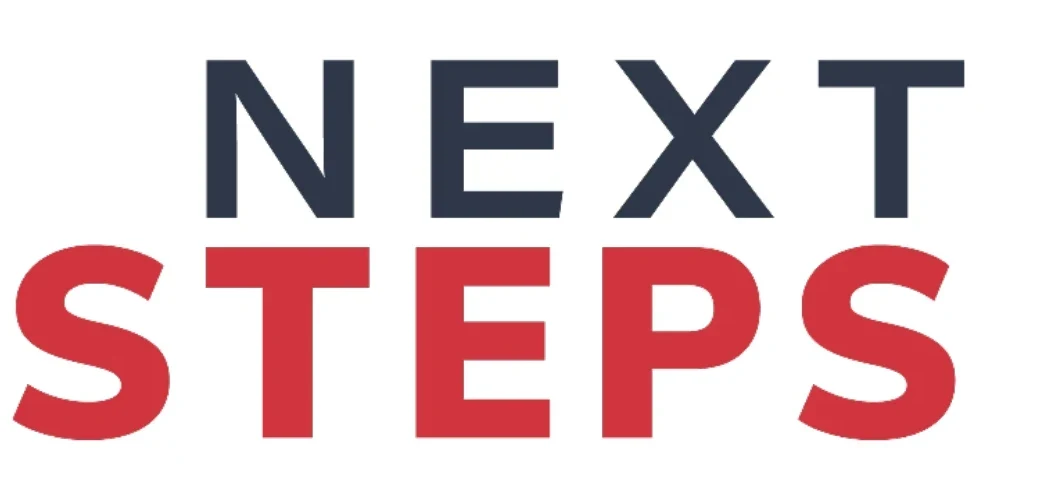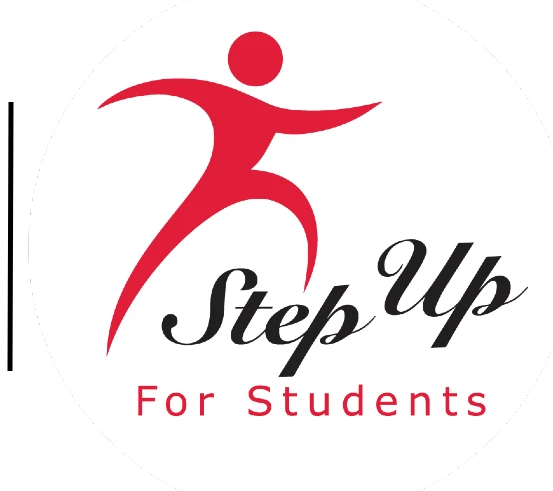 “It wouldn’t surprise me if, five to 10 years from now, everyone looks at this and thinks, ‘That grew a whole lot faster than I thought it could. There is a slice of the market that is not being served by public education. They’re saying, ‘The public schools don’t work, [and] I can’t get into the charter schools.’”
“It wouldn’t surprise me if, five to 10 years from now, everyone looks at this and thinks, ‘That grew a whole lot faster than I thought it could. There is a slice of the market that is not being served by public education. They’re saying, ‘The public schools don’t work, [and] I can’t get into the charter schools.’”
— Andy Calkins, deputy director of Next Generation Learning Challenges, in an Education Next article on micro-schools, 2017
Homeschooling began as a counter-cultural practice on the anti-establishment left, was then adopted by conservatives, and in recent years has become a more mainstream practice including about 3.3% of American students.
The U.S. Census Bureau earlier today released the results of a parent survey about homeschooling that asked parents to distinguish between distance learning while enrolled in a school and actual homeschooling. Results indicate a very large increase in reported homeschooling – a rise from 5.4% in spring 2020 to 11.1% in fall 2020.
 Here is the breakdown in homeschooling by state.
Here is the breakdown in homeschooling by state.
 So, a few things to note.
So, a few things to note.
Despite the fact that the Census Bureau asked respondents to distinguish between distance learning and homeschooling, it seems entirely possible that more than a few respondents confused such distinctions. If 13% of students in my home state of Arizona are homeschooling, only a few of them have complied with a legal requirement to register with their county superintendent.
The distinctions between participating in a pandemic pod that has enrolled students through a public distance learning program and homeschooling may have eluded some respondents. Or perhaps “homeschooling” is a popular response for people who have decided to delay kindergarten enrollment. Or perhaps Arizonans get even less mindful than usual about regulations during a pandemic.
These numbers deserve more investigation, but the Census Bureau may have provided a partial explanation for the thousands of students who have “gone missing” during the pandemic.
With those caveats in mind, well, wow.
The 16.1% figure for Black students in particular is striking. Out in the bubbling primordial soup of pre-pandemic homeschooling innovators combined a DIY ethos with experiments with co-operative education. Upper-middle class American parents spent decades spending an increasing amount on enrichment activities for students.
Silicon Valley families discovered that education was way cooler if you combined homeschool co-ops with more enrichment education. A growing number of Valley residents discovered the educational opportunity cost of having a child in a school modeled after a 19th century factory to be far too high for the cool kids.
When the pandemic struck, a quick rebrand of homeschool co-op into “pandemic pods” went viral. COVID-19 accelerated a number of pre-existing trends and homeschooling appears to be one of them.
What happens next? No one can be sure.
The structural problems of American public schooling have not gone anywhere. The nation’s fiscal time bomb has been ticking away during the pandemic. Almost all Americans have experimented with new forms of education. Pathways for disadvantaged students to participate in this form of learning would be a most welcome development.
Apparently, a large percentage of Americans have decided that if you want education done right, you do it yourself.


